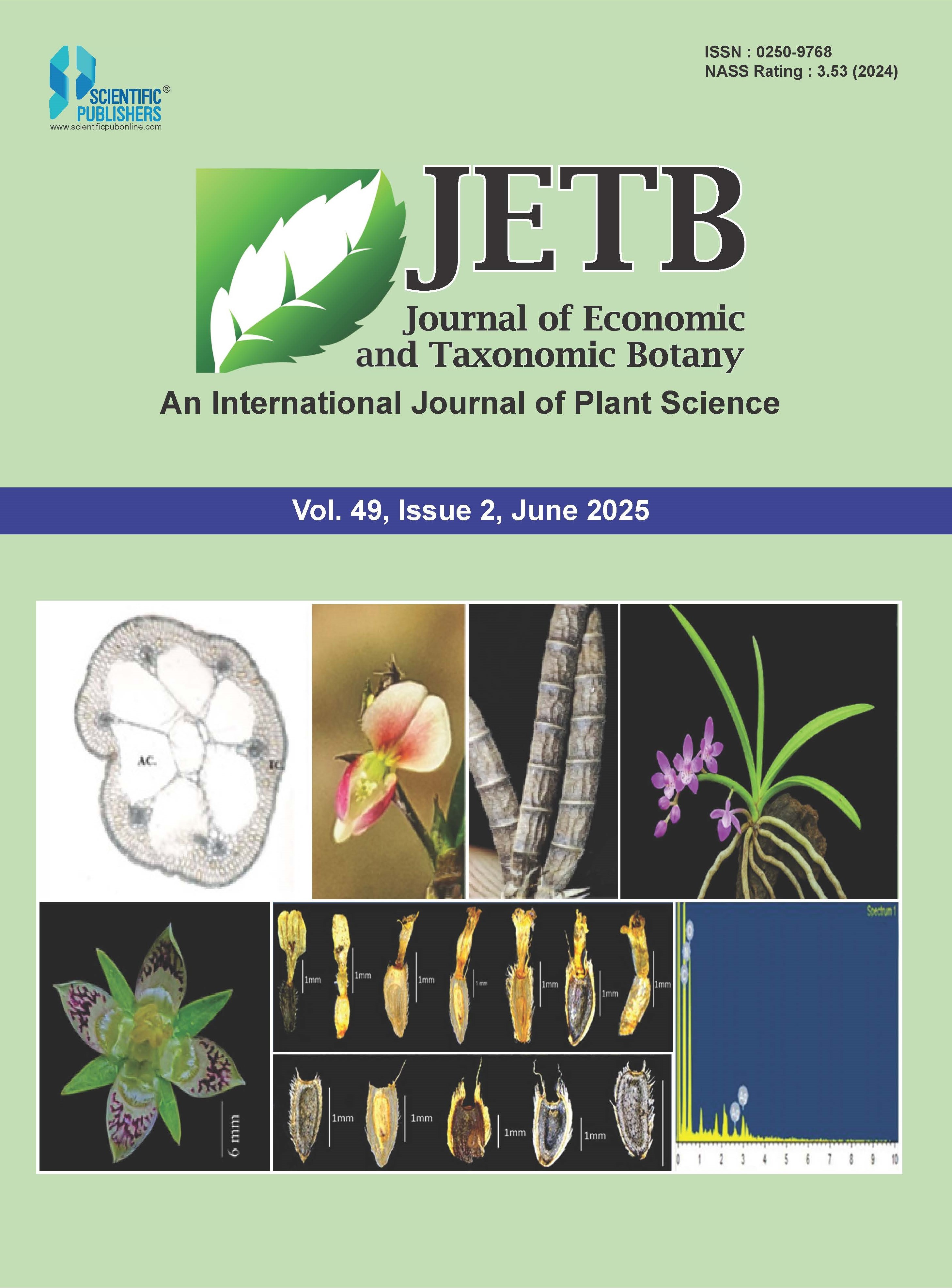Under in situ conservation adopted by FRLHT, 13 Medicinal Plants Conservation Areas (MPCAs) located in Karnataka established by FRLHT with the State Forest Departments have been considered for the present study. Detailed botanical survey has recorded the presence of 933 wild medicinal plant species of the 2000 known medicinal plant species in the Karnataka MPCA network, which includes 58 of the 110 Red Listed species assessed in Southern India. The analysis reveals the presence of higher percentage of medicinal plant species in Dry Deciduous Scrub Forest and a large proportion of these medicinal plants are used in folk systems of medicine. The current study also provides an insight into the floristic diversity, occurrence and distribution pattern across the forest types, which would ultimately help in informed conservation action plans.






